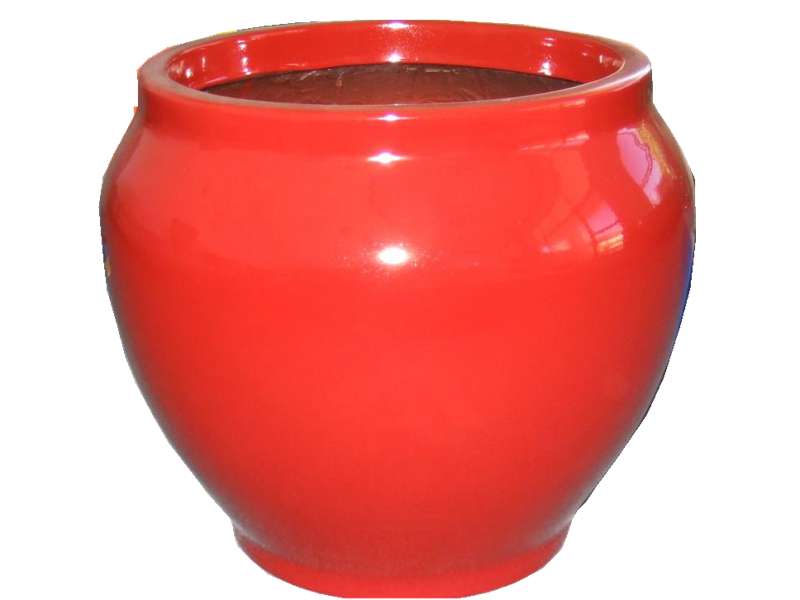
-
 Afrikaans
Afrikaans -
 Albanian
Albanian -
 Amharic
Amharic -
 Arabic
Arabic -
 Armenian
Armenian -
 Azerbaijani
Azerbaijani -
 Basque
Basque -
 Belarusian
Belarusian -
 Bengali
Bengali -
 Bosnian
Bosnian -
 Bulgarian
Bulgarian -
 Catalan
Catalan -
 Cebuano
Cebuano -
 China
China -
 China (Taiwan)
China (Taiwan) -
 Corsican
Corsican -
 Croatian
Croatian -
 Czech
Czech -
 Danish
Danish -
 Dutch
Dutch -
 English
English -
 Esperanto
Esperanto -
 Estonian
Estonian -
 Finnish
Finnish -
 French
French -
 Frisian
Frisian -
 Galician
Galician -
 Georgian
Georgian -
 German
German -
 Greek
Greek -
 Gujarati
Gujarati -
 Haitian Creole
Haitian Creole -
 hausa
hausa -
 hawaiian
hawaiian -
 Hebrew
Hebrew -
 Hindi
Hindi -
 Miao
Miao -
 Hungarian
Hungarian -
 Icelandic
Icelandic -
 igbo
igbo -
 Indonesian
Indonesian -
 irish
irish -
 Italian
Italian -
 Japanese
Japanese -
 Javanese
Javanese -
 Kannada
Kannada -
 kazakh
kazakh -
 Khmer
Khmer -
 Rwandese
Rwandese -
 Korean
Korean -
 Kurdish
Kurdish -
 Kyrgyz
Kyrgyz -
 Lao
Lao -
 Latin
Latin -
 Latvian
Latvian -
 Lithuanian
Lithuanian -
 Luxembourgish
Luxembourgish -
 Macedonian
Macedonian -
 Malgashi
Malgashi -
 Malay
Malay -
 Malayalam
Malayalam -
 Maltese
Maltese -
 Maori
Maori -
 Marathi
Marathi -
 Mongolian
Mongolian -
 Myanmar
Myanmar -
 Nepali
Nepali -
 Norwegian
Norwegian -
 Norwegian
Norwegian -
 Occitan
Occitan -
 Pashto
Pashto -
 Persian
Persian -
 Polish
Polish -
 Portuguese
Portuguese -
 Punjabi
Punjabi -
 Romanian
Romanian -
 Russian
Russian -
 Samoan
Samoan -
 Scottish Gaelic
Scottish Gaelic -
 Serbian
Serbian -
 Sesotho
Sesotho -
 Shona
Shona -
 Sindhi
Sindhi -
 Sinhala
Sinhala -
 Slovak
Slovak -
 Slovenian
Slovenian -
 Somali
Somali -
 Spanish
Spanish -
 Sundanese
Sundanese -
 Swahili
Swahili -
 Swedish
Swedish -
 Tagalog
Tagalog -
 Tajik
Tajik -
 Tamil
Tamil -
 Tatar
Tatar -
 Telugu
Telugu -
 Thai
Thai -
 Turkish
Turkish -
 Turkmen
Turkmen -
 Ukrainian
Ukrainian -
 Urdu
Urdu -
 Uighur
Uighur -
 Uzbek
Uzbek -
 Vietnamese
Vietnamese -
 Welsh
Welsh -
 Bantu
Bantu -
 Yiddish
Yiddish -
 Yoruba
Yoruba -
 Zulu
Zulu
FRP Chimney Design and Installation for Industrial Applications and Environmental Compliance
FRP Chimney Construction and Installation for Industrial Applications
Fiber Reinforced Polymer (FRP) chimneys have become increasingly popular in industrial applications due to their outstanding durability, corrosion resistance, and lightweight nature. As industries seek to optimize their operations while adhering to environmental regulations, FRP chimneys offer a viable solution that meets both structural and aesthetic needs.
Understanding FRP Materials
FRP is a composite material made of a polymer matrix reinforced with fibers, typically glass or carbon. This combination results in a product that exhibits superior strength-to-weight ratios, making it ideal for construction applications where traditional materials like steel or concrete may falter, particularly in harsh environments.
One of the most significant advantages of FRP chimneys is their exceptional resistance to corrosion. In industries such as chemical manufacturing, power generation, and wastewater treatment, the emissions and byproducts can be highly corrosive. Traditional materials often suffer from degradation, leading to frequent repairs and costly downtime. In contrast, FRP chimneys can withstand these hostile conditions, ensuring longevity and reduced maintenance costs.
Construction Process
The construction of FRP chimneys typically involves several key steps. First, a detailed site assessment must be conducted to understand the operational environment, including temperature, chemical exposure, and the specific emissions that will be handled. This information is crucial for designing a chimney that meets the unique needs of the facility.
frp chimney construction and installation for industrial and ...

Once the design parameters are established, the fabrication process begins. FRP chimneys are often prefabricated in sections, allowing for efficient transport to the installation site. This modular approach simplifies the installation process, reducing on-site construction time and minimizing disruptions to facility operations.
During installation, the sections are carefully assembled and secured using specialized techniques that ensure structural integrity. It’s essential to adhere to industry standards and regulations throughout the installation process to guarantee safety and compliance.
Benefits of FRP Chimneys
The benefits of using FRP chimneys extend beyond durability and resistance to corrosion. Their lightweight nature allows for easier handling and installation, which can significantly reduce labor costs. Additionally, FRP materials can be engineered to meet specific design requirements, including aesthetic considerations, making them suitable for facilities where appearance matters.
Moreover, FRP chimneys are highly customizable. They can be designed in various shapes, sizes, and colors, allowing industries to align the chimney design with corporate branding or other architectural elements of the facility.
Conclusion
In conclusion, FRP chimney construction and installation represent a forward-thinking approach to managing emissions in industrial settings. Their durability, resistance to corrosion, lightweight characteristics, and aesthetic flexibility make them an excellent choice for industries that require a reliable and efficient solution for their exhaust systems. As industrial demands evolve, FRP chimneys are poised to play a significant role in future infrastructure developments.
Latest news
-
Exploring the Benefits of Top Hammer Drifter Rods for Enhanced Drilling PerformanceNewsJun.10,2025
-
High-Precision Fiberglass Winding Machine for GRP/FRP Pipe Production – Reliable & Efficient SolutionsNewsJun.10,2025
-
FRP Pipes & Fittings for Shipbuilding - Corrosion-Resistant & LightweightNewsJun.09,2025
-
Premium FRP Flooring Solutions Durable & Slip-ResistantNewsJun.09,2025
-
Premium Fiberglass Rectangular Tanks Durable & Lightweight SolutionNewsJun.09,2025
-
Tapered Drill String Design Guide Durable Performance & UsesNewsJun.09,2025









